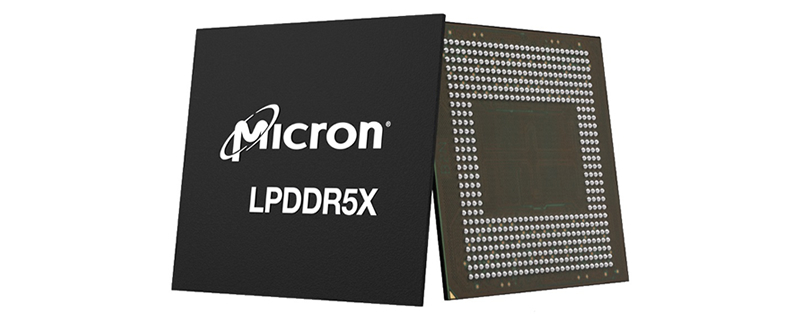exoticspice1
Site Champ
- Posts
- 300
- Reaction score
- 103
Also guys this is the first time Apple did not name their CPU cores. Instead we take the codename of the SoC which is Coll.
Geekerwan referred to the P core as Coll. So Apple has not named the P cores like it did for previous P cores of the A series chips.
This is also not a Everest core because of the 9 wide decoder. Looks like M3 will help answer these questions
Is the low memory bandwidth we are talking about referring to the LPDDR5 RAM?
Because I remeber the type and speed of RAM also plays a huge part in CPU performance like Intel's Raptor lake and Zen chips.
Geekerwan referred to the P core as Coll. So Apple has not named the P cores like it did for previous P cores of the A series chips.
This is also not a Everest core because of the 9 wide decoder. Looks like M3 will help answer these questions
Is the low memory bandwidth we are talking about referring to the LPDDR5 RAM?
Because I remeber the type and speed of RAM also plays a huge part in CPU performance like Intel's Raptor lake and Zen chips.

